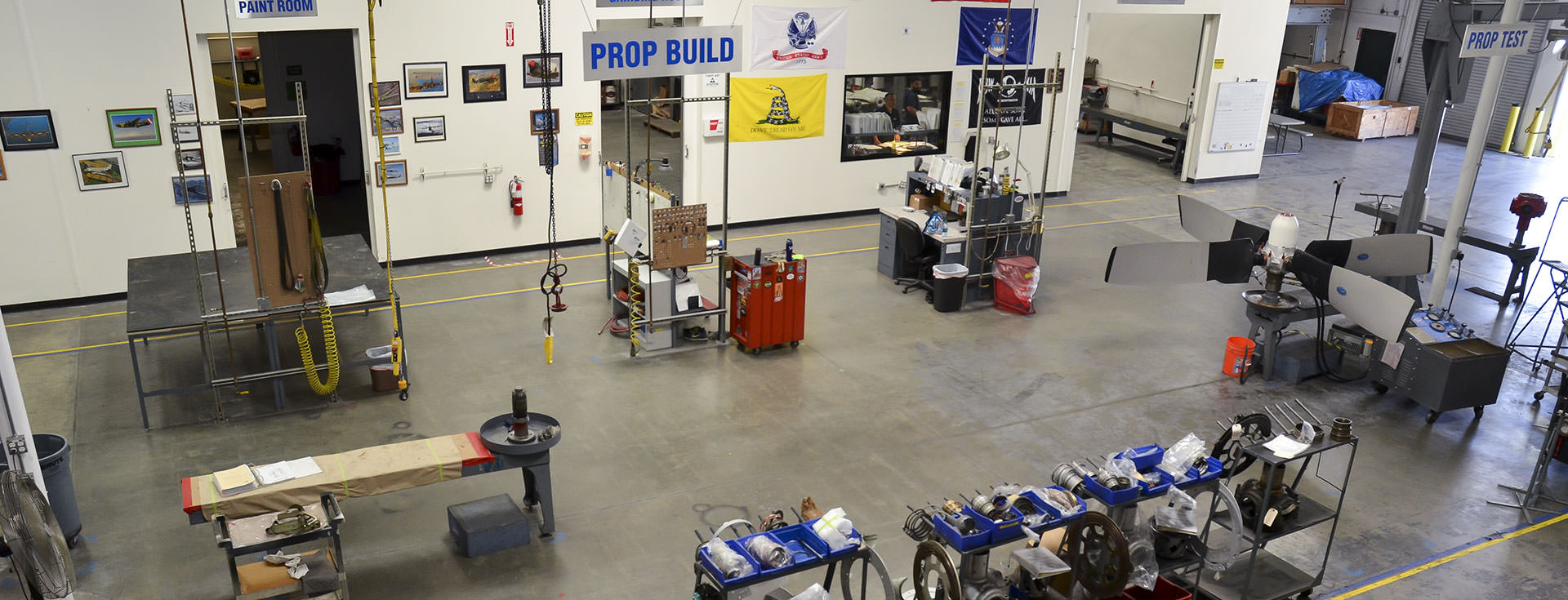The 54H60 prop system is comparable to the muscles in the human body. It enables flight for the masters of the skies, the C-130 and L-100 aircraft. The model designation and a brief explanation of how the 54H60 functions show how intricate and complex the 54H60 system truly is.
Deciphering Propeller Model Designation.
The characters identifying the 54H60 prop system identify specific designs and arrangements of the propeller’s assembly as part of the propeller model designation. Also, each 54H60 prop system model designation is followed by a dash and a number. This ending value refers to the number of minor modifications that have been made to the specific propeller.
The characters of the propeller model designation also define the nature of the propeller system, asserts Lockheed Martin, which breaks down as follows:
- The first character refers to the number of major modifications made to the propeller system.
- The second character identifies the number of blades used in the propeller system
- The third character identifies the shank size of each blade. If this character is a letter, the blades are comprised of aluminum. Meanwhile, a number in the third character indicates steel blades are used.
- The last two characters before a dash, if present, indicate the spline size of the propeller shaft.
So, let’s look at what the 54H60-91 model designation reveals about a particular C-130’s propeller system.
- The “5” explains the system has had five major modifications made.
- The “4” means the system uses four blades.
- The “H” shows us the blades are made of aluminum, reducing the overall weight of the propeller system.
- The numeral, “60,” indicates a spline size of 60 is used within the propeller system.
- Finally, “91” minor modifications have been made to the specific model designation.

Understanding the designation of the 54H50 propeller system is only the tip of the iceberg, and the functions and capabilities of the system are designed to give the aircraft an immeasurable degree of uses, which accounts for popularity in both military and civilian uses.
How the 54H60 Prop System Functions.
The 54H60 propeller assembly is a constant speed, fully feathering, hydro-mechanical propeller. During aircraft operation, the 54H60 prop system has two distinct ranges, beta (ground) and alpha (flight) ranges. These ranges are differentiated by what component is controlling blade angle.
In the beta range, blade angle is controlled by the throttles from 0-34°, but in alpha range, the propeller governor is attempting to maintain a constant speed of 1020 RPM. Conversely, the alpha range is from 34-90°.
The governor’s ability to vary and control blade angle is vital to maintaining the speed and altitude of the C-130 aircraft during flight operations, and the dome of the propeller provides the hydro-mechanical means for adjusting blade angle. The change in blade angle affects the pitch of the propeller. Pitch refers to the distance traveled through the air with one revolution of the propeller. Pitch and blade angle are often used interchangeably. However, blade angle is a measurement as the blades are increased or decreased from the plane of rotation, and pitch is a measurement of distance traveled.
When the governor senses an under-speed (less than 1020 RPM), blade angle must be reduced, allowing the propeller speed (RPM) to increase. The opposite is true when the propeller over-speeds. As an over-speed occurs, the propeller blade angle is too low and must be increased, slowing the propeller to 1020 RPM. The governor porting hydraulic fluid pressure to the dome senses the propeller speed, and then blade angle is hydro-mechanically varied through the dome.
The dome uses a double-acting piston where hydraulic pressure supplied from the governor ports pressure to either the forward side or rear side of the dome piston. When the governor ports hydraulic pressure to the forward side of the dome, blade angle is increased through a rotating cam splined into the blade segment gears. The opposite happens when the governor supplies fluid to the rear side of the dome piston, thus decreasing blade angle.
This variation of blade angle, through the governor and dome, is critical to the safe operation of the 54H60 prop system. For the propeller to remain at a constant speed of 1020 RPM, both of these units must be rigged and adjusted properly. Without the synchronization of the governor and dome working together to vary blade angle, the pitch would constantly be shifting thus slowing or speeding up the aircraft in a straight and level situation. The governor and dome working in tandem allow for this constant RPM to be maintained, without pilot inputs.





